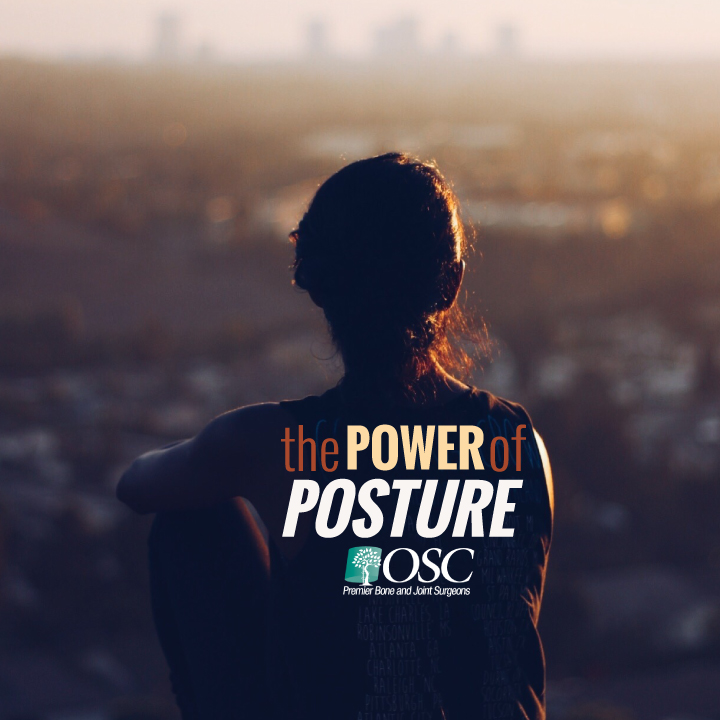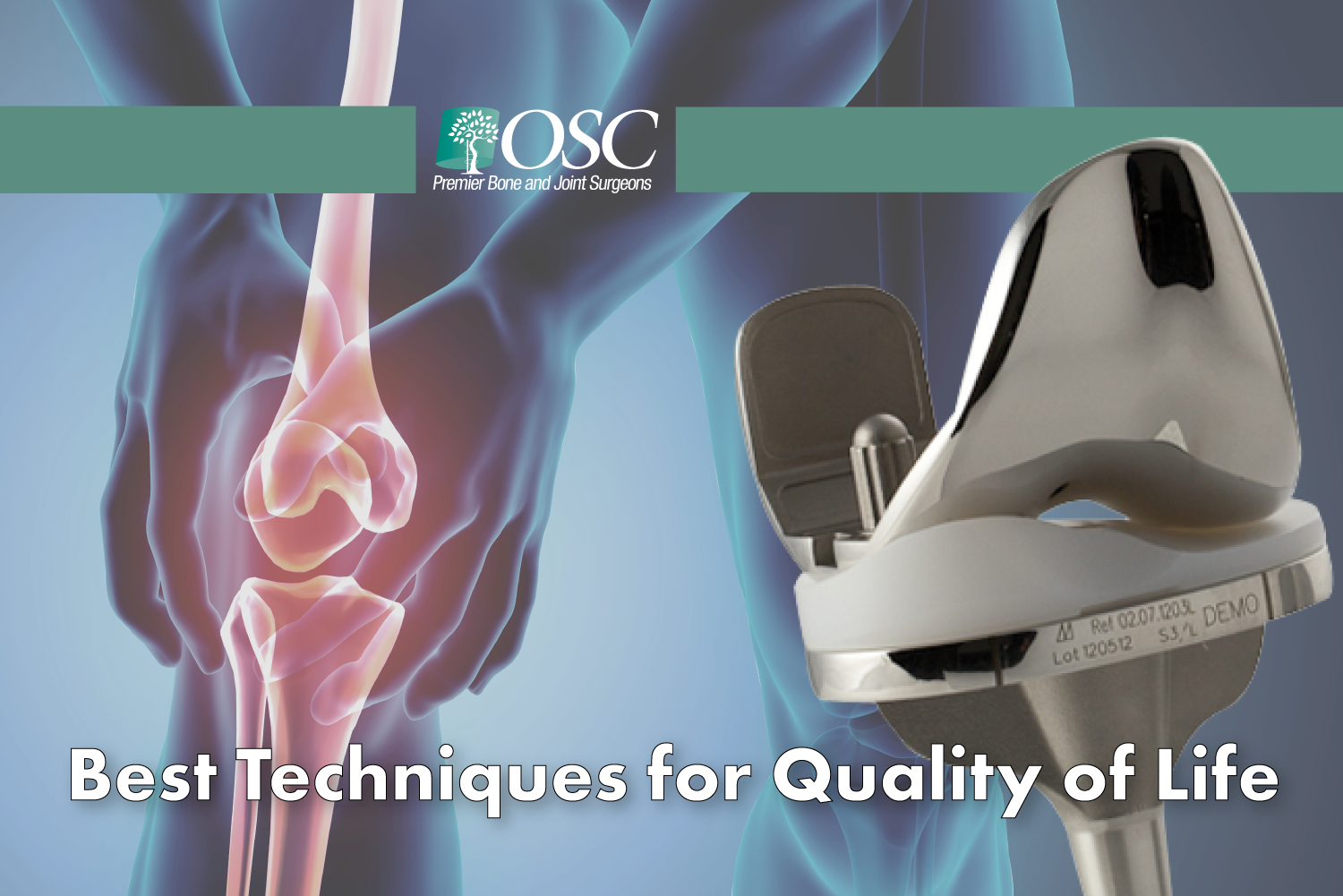
Think about the way you’re sitting as you read this. More specifically, how is your posture? As you move throughout your day, you are constantly changing postures and situations. It’s not something that you may pay attention to but the way you carry yourself, especially over time, has a huge impact on your health. Correct posture is having your body in alignment with all its conjoining parts. Poor posture can place strain on the back that can change the anatomical characteristics of the spine. Left uncorrected for too long, blood vessels can become restricted, and muscle, disk and joint problems may begin to emerge. Here are a few tips for maintaining good posture during these common activities.
Walking Posture
- Keep eyes level.
- Don’t look down or up too much.
- Keep shoulders aligned with the rest of the body.
Sitting Posture
- Make sure your back is pushed up against the back of the chair.
- Arms should be resting at 75 to 90 degree angles.
- Knees should be level or slightly higher than your hips.
- Feet should be placed evenly on the floor.
- Keep shoulders straight.
- Stand up often.
- If possible, purchase an ergonomically-designed chair that will be complimentary to good posture.
Driving Posture
- Keep back pushed up against the seat.
- Make sure your seat is far enough forward so that your feet can reach the pedals without straining forward.
- Keep the headrest placed to support the middle of your head.
The power posture has in our lives shouldn’t be underestimated. Good posture has also been linked to increased self-confidence (see the article How to Succeed by Having Good Posture), and has been used as a technique to deal with anxiety. By correcting poor posture now, you can change the future of your orthopedic health. So straighten up today!




